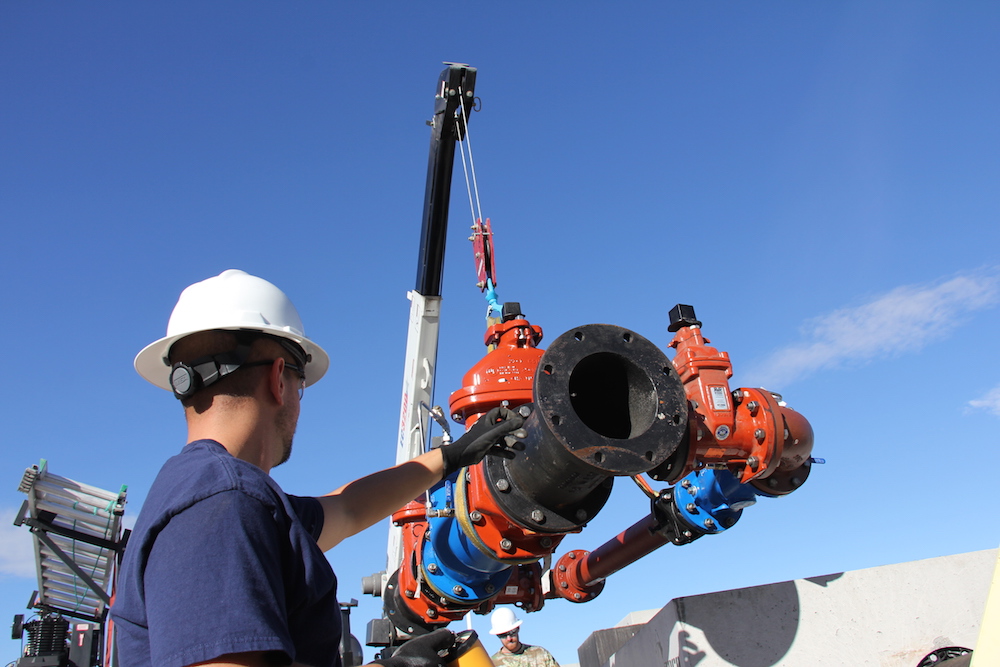Author: Josh Dragon, P.E., Division Manager, Jensen Pump Stations
When you buy a car or truck, you don’t buy the engine from one vendor, the frame from a different vendor, the body from a separate vendor, and so on. You buy the whole vehicle and all the complex systems that are built into it because each component within that system is designed to work together. In the way that many complex systems have to work together for a car or truck to exhibit optimum performance, the electrical, mechanical, and hydraulic systems within submersible pumping stations also have to work together to ensure the pumping station transports the fluid from point A to point B efficiently and reliably.
Historically speaking, pump manufacturers have primarily focused on supplying submersible pumps and leaving the pump station owner to figure out all the other pieces of the puzzle. These “pieces” include not just the pumps, but the valves, piping, controls, variable frequency drives (VFDs), manholes, and monitoring systems – to name a few. For this reason, owner / operators typically rely on knowledgeable contractors to work with multiple manufacturers to select the pump station components. However, some contractors have shifted their approach to pump station design and supply from working with multiple vendors to working with singular companies that specialize in pre-packaged pump stations.
Companies that specialize in pre-packaged pump stations understand the intricacies of matching these system components together; therefore, choosing a pre-packaged pump station is one way to apply a “total systems approach” which can positively affect every stakeholder involved with the pump station construction. This includes the design community (civil engineers, mechanical engineers, electrical engineers, architects, consulting engineers), contractors, and the end user (owner / operators).
Pre-packaged pump station companies support the engineering community by providing pump station designs that the consulting engineers can then use to ensure site compatibility. Contractors and suppliers with a “sole-source” perspective may choose a pre-packaged pump station for several reasons. If working with a single source reduces the number of vendors they have to work with, contractors can save time, build the site faster, build it better, and know for a fact they are acquiring equipment that works together seamlessly for reliable pump station performance. Also, the single-source pre-packaged pump station company typically provides a warranty for a period of time after the initial commissioning, so any issues that arise can be addressed quickly without disputes arising between different vendors.
Most importantly, a pre-packaged pump station ultimately benefits the owner / operator, who is responsible to maintain that pumping station for the duration of its operational life. So beyond the initial construction and commissioning costs, the owner / operators have to deal with energy and maintenance costs. When you’re looking at a 20 or 30 year period, it’s critical to minimize those costs – which can be done if there is a focus at the outset to create an optimized system and then to support the end user with the best practices of operating that system.
The fundamental shift within the pump industry is to not only utilize efficient pumps, but to design, build, and operate optimized systems. Pump station owners and contractors don’t have to select equipment piece by piece anymore. Companies that design, build, install, and support whole pre-packaged systems are helping to install more reliable pumping stations that operate better in the field.
For more information about the total system approach to pump station design, visit the Jensen Pump Stations resource page and download a copy of our Pump Station Design Guidelines.




